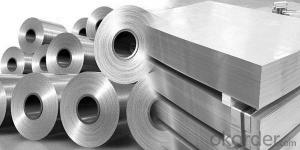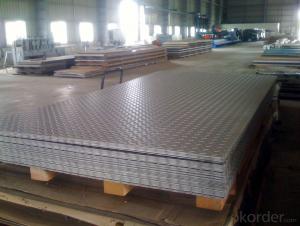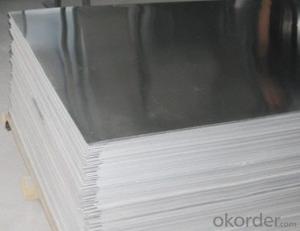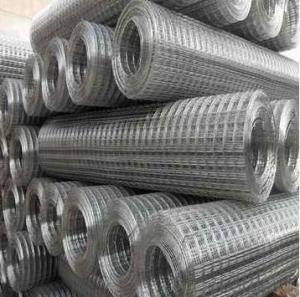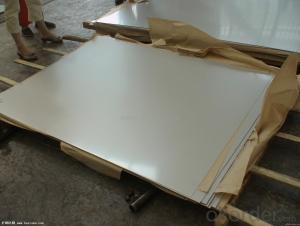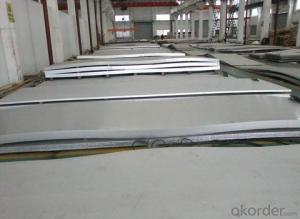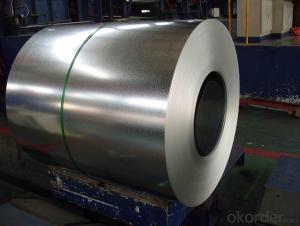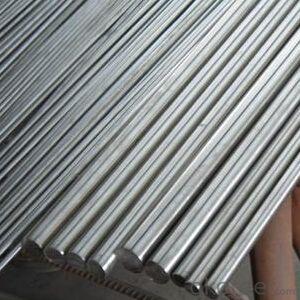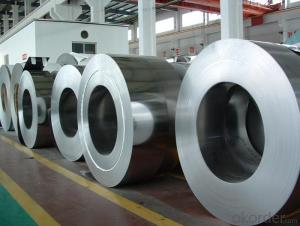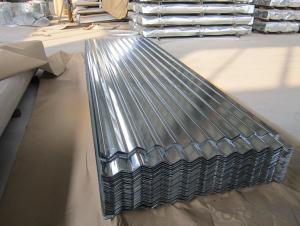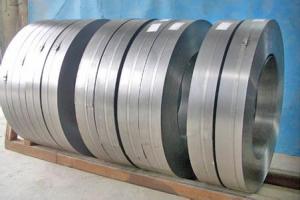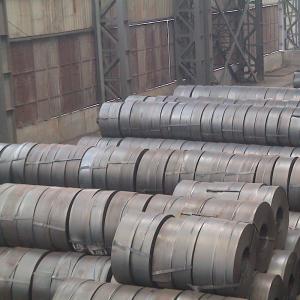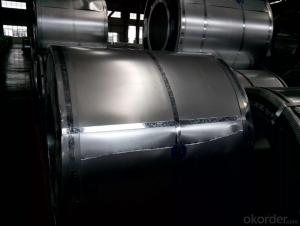1 4 Stainless Steel Plate
1 4 Stainless Steel Plate Related Searches
Best Paint For Stainless Steel Blanket Insulation For Steel Buildings Primer For Galvanized Steel Foam Filter For Stainless Steel H S Code For Stainless Steel Surface Grinding Wheels For Stainless Steel Surface Grinding Wheels For Hardened Steel Hole Saw For Stainless Steel Paint For Stainless Steel Stainless Steel For BbqHot Searches
Steel Mesh Panels For Sale Price For Stainless Steel Scrap Scrap Price For Stainless Steel Price For Stainless Steel Stainless Steel Tank For Sale Stainless Steel Sheets For Sale Cheap High Tea Sets For Sale Stainless Steel Tanks For Sale Stainless Steel For Sale High Density Fiberboard For Sale Solar Hot Water Collectors For Sale Scaffolding For Sale In Uae Scaffolding For Sale In Ireland Scaffolding For Sale In Houston Type Of Inverter For Solar Price Of Shipping Containers For Sale Types Of Inverter For Solar Stock Price For Aluminum Used Solar Inverter For Sale Steel Mesh Panels For Sale1 4 Stainless Steel Plate Supplier & Manufacturer from China
Okorder.com is a professional 1 4 Stainless Steel Plate supplier & manufacturer, offers integrated one-stop services including real-time quoting and online cargo tracking. We are funded by CNBM Group, a Fortune 500 enterprise and the largest 1 4 Stainless Steel Plate firm in China.Hot Products
FAQ
- Steel strip flatness can be affected by various factors, which can be divided into material-related and process-related factors. When it comes to material-related factors, the composition and quality of the steel used play a significant role. Different types of steel have different inherent characteristics that affect their ability to resist deformation or maintain shape during processing. Impurities or inconsistent composition can lead to variations in flatness. Another material-related factor is the thickness of the steel strip. Thicker strips are more prone to deformation due to their higher rigidity, while thinner strips may be more susceptible to waviness or buckling. Moving on to process-related factors, the manufacturing process used to produce the steel strips is crucial. This process typically involves hot rolling, cold rolling, annealing, and leveling. If these processes are not properly controlled or if there are variations, it can result in uneven stress distribution, thermal gradients, or insufficient tension, which ultimately leads to non-flatness. The mechanical properties of the equipment used in the steel strip processing also play a significant role. The condition and precision of the rolling mills, leveling machines, and tension devices can affect the ability to maintain flatness. Any wear or misalignment in these machines can introduce deviations in the flatness of the strips. Environmental conditions can also impact the flatness of steel strips. Temperature and humidity variations can cause thermal expansion or contraction, resulting in dimensional changes in the strips. Furthermore, the quality of the storage and handling facilities can influence flatness, as improper stacking or transportation can introduce deformations. Lastly, external forces or stresses applied during subsequent processing or usage of the steel strips can affect their flatness. Bending, shearing, or tensioning forces can cause permanent deformation or alter the flatness characteristics. In conclusion, the flatness of steel strips is influenced by a combination of material-related factors, such as composition and thickness, as well as process-related factors, such as manufacturing processes, equipment quality, environmental conditions, and external forces. It is crucial to properly control and monitor these factors to ensure the desired flatness of steel strips for various applications.
- Steel strips can be coated with other materials through various methods such as hot-dip galvanizing, electroplating, or using physical vapor deposition techniques. These processes involve applying a layer of another material onto the steel surface to enhance its properties, protect against corrosion, or improve aesthetic appeal.
- Steel strips are used in the production of conveyor belts to provide strength and durability. These strips are typically embedded within the belt to reinforce it and prevent stretching or tearing. They also help maintain the belt's shape and flexibility, allowing for smooth movement of materials along the conveyor system.
- There are several different alloys that are commonly used in steel strips to enhance their properties and meet specific application requirements. Some of the most common alloys used in steel strips include: 1. Carbon Steel: This is the most common type of alloy used in steel strips. It contains varying levels of carbon, which increases its strength and hardness. Carbon steel strips are used in a wide range of applications, from construction to automotive manufacturing. 2. Stainless Steel: Stainless steel strips are alloyed with chromium and sometimes nickel. This alloy gives the steel excellent corrosion resistance and makes it highly durable. Stainless steel strips are widely used in industries such as food processing, chemical, and medical. 3. Silicon Steel: Silicon steel strips are alloyed with silicon to improve their magnetic properties. These strips are used in the manufacturing of electrical transformers, motors, and generators. 4. Galvanized Steel: Galvanized steel strips are coated with a layer of zinc alloy to protect them from corrosion. This coating also enhances their durability. Galvanized steel strips are commonly used in outdoor applications, such as roofing and fencing. 5. Tool Steel: Tool steel strips are alloyed with various elements like tungsten, molybdenum, and chromium. These alloys improve the hardness, wear resistance, and heat resistance of the steel. Tool steel strips are primarily used in the production of cutting tools, dies, and molds. 6. High-Strength Low-Alloy (HSLA) Steel: HSLA steel strips are alloyed with small amounts of other elements such as manganese, phosphorus, and vanadium. This alloying increases the strength and toughness of the steel while maintaining good weldability. HSLA steel strips find applications in industries like automotive, construction, and heavy equipment manufacturing. These are just a few examples of the different alloys used in steel strips. The choice of alloy depends on the desired properties of the steel and the specific application requirements.
- The tolerances for dimensions in steel strips can vary depending on the specific requirements and industry standards. However, in general, the tolerances for width, thickness, and length of steel strips are typically specified in terms of a range or a specific measurement. For width tolerances, it is common to establish a range within which the actual width of the steel strip can vary. This range is usually expressed as a plus or minus value, indicating the maximum permissible deviation from the specified width. For instance, a common width tolerance for steel strips may be ± 0.02 inches (or ± 0.5 mm). Similarly, for thickness tolerances, there is typically a range specified within which the thickness of the steel strip can vary. This range is often expressed as a plus or minus value, indicating the maximum permissible deviation from the specified thickness. For example, a typical thickness tolerance for steel strips may be ± 0.001 inches (or ± 0.025 mm). Regarding length tolerances, the range within which the actual length of the steel strip can vary is also specified. This range is generally expressed as a plus or minus value, indicating the maximum permissible deviation from the specified length. For instance, a common length tolerance for steel strips may be ± 0.04 inches (or ± 1 mm). It is important to note that these tolerances can vary depending on the specific application, the grade of steel, and the manufacturing process involved. Therefore, it is crucial to consult the relevant industry standards, customer requirements, or the technical specifications provided by the steel strip manufacturer to determine the exact tolerances for dimensions in a specific steel strip.
- There are various methods available for removing surface coatings from steel strips. One commonly used approach is mechanical stripping, which entails using abrasive materials or equipment to physically eliminate the coating. Sandblasting, for instance, involves propelling abrasive particles onto the steel surface using high-pressure air or water, effectively stripping away the coating. Chemical stripping is another technique employed to remove surface coatings. This involves applying chemicals or solvents to the steel strips to dissolve or soften the coating, making it easier to remove. The strips are then rinsed or washed to eliminate any remaining residue. Thermal stripping is also a popular method, which entails heating the steel strips to high temperatures. This causes the coating to burn off or decompose, allowing for easy removal. This technique is particularly effective for organic coatings. In addition to these methods, some companies utilize advanced techniques like laser or plasma coating removal. These methods employ intense heat or energy to vaporize or ablate the coating from the steel surface. Once the surface coating has been removed, the steel strips may undergo further processing such as cleaning, rinsing, or passivation to prepare them for subsequent treatments or applications.
- Steel strips perform well in high-temperature environments due to their exceptional heat resistance and ability to maintain their structural integrity at elevated temperatures.
- Yes, steel strips can be used in the production of power generation equipment. Steel is a versatile and durable material that is widely used in various industries, including power generation. Steel strips can be used to manufacture components such as turbine blades, generator frames, and electrical enclosures, among others. The strength and resistance to corrosion of steel make it an ideal choice for these applications. Additionally, steel strips can be easily formed into desired shapes and sizes, allowing for customization and optimization of power generation equipment.
















